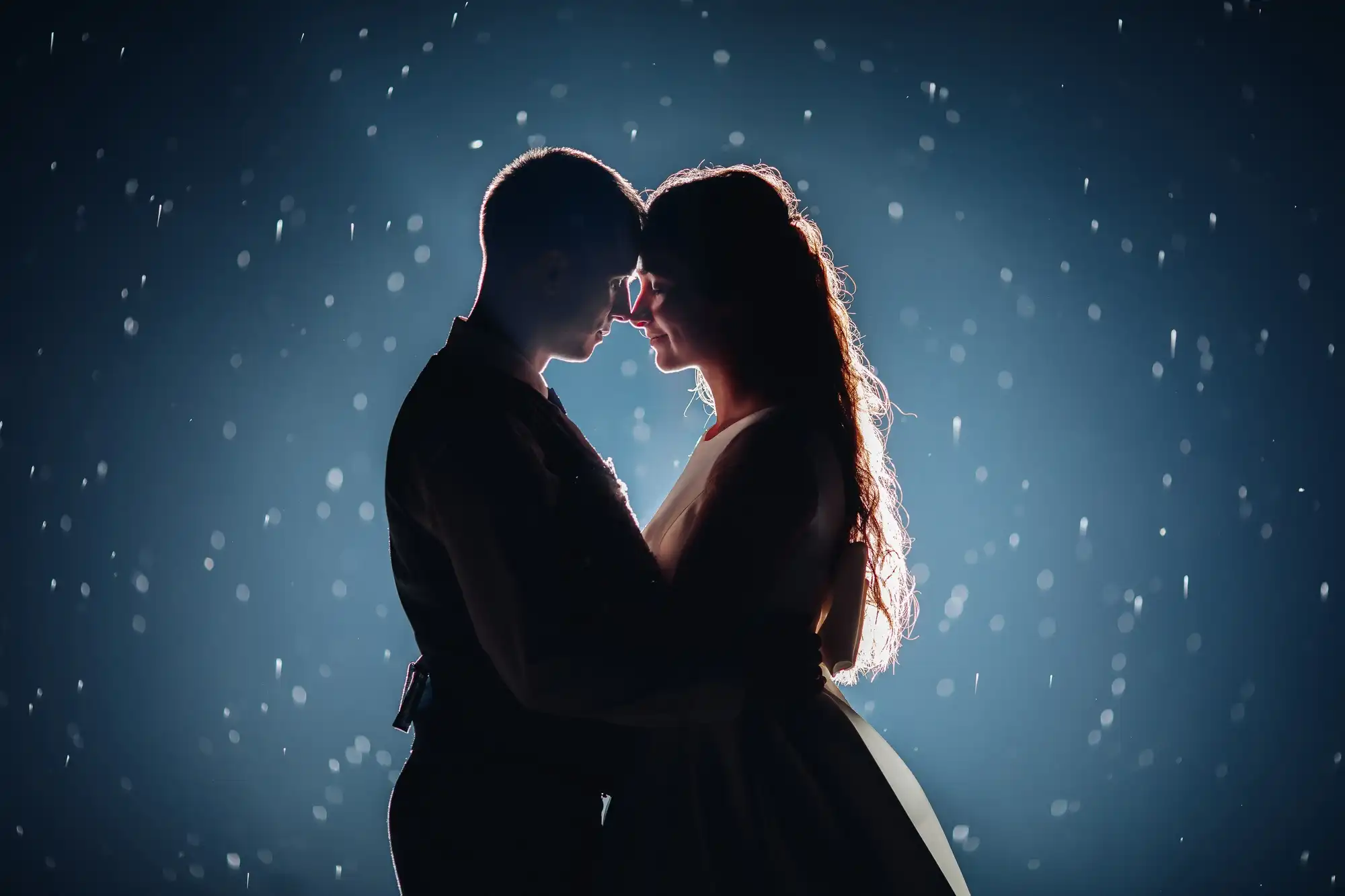
- Level:
- Beginner
- Lessons:
- 6 Lessons
Plot
Learn how to structure your "Hallmark-style" romance for maximum impact and emotional resonance.
- Reading Time
- approx. 4 min
Crafting a holiday romance isn’t just about creating characters and settings - it’s about weaving them together into a story that feels both inevitable and surprising. While these stories follow a familiar three-act structure, the art lies in creating moments that feel both natural and magical. Whether it’s a chance meeting during the town’s tree lighting ceremony or a quiet conversation while hanging holiday decorations, every scene needs to move both hearts and plot forward.
In this lesson, we’ll explore how to structure your holiday romance and create multi-layered scenes that keep readers turning pages while savoring every moment.
Key Takeaways
- The three-act structure provides natural pacing for both character growth and romance
- Every scene should serve multiple purposes, advancing both plot and relationships
- The story’s emotional beats should mirror traditional TV movie timing, with key moments creating natural pauses
Word Count and Structure
Before we dive into plotting, let’s address the practical aspect: length. A Hallmark romance typically runs between 55,000 and 75,000 words. Let’s break this down into a three-act structure that gives your story room to breathe while maintaining its momentum. Alongside this, I will show you how this works with a sample novel, to help you visualize the structure.
The origin of stories like these are TV movies - many of the key moments or cliff-hangers will occur just before advertising breaks!
Act One (First 25%: ~15,000 words)
Your opening act sets the stage and introduces the key elements:
- Chapter 1 (2-3K words): Introduce your protagonist in their element, showing their current life, desires, and challenges
- Chapter 2 (2-3K words): Establish the town and its particular challenge or charm
- Chapter 3 (2-3K words): Engineer the meet-cute between your leads (the inciting incident of your story!)
- Chapters 4-5 (4-6K words): Set up the central conflict and initial attraction
This pacing allows readers to settle into your small town and connect with your characters before the romance begins to bloom.
Chapter 1: Introduce Briggs in his element. We show him pitching to VCs, establish his drive to prove himself, and his belief in modernization as progress. We reveal his selection for the Digital Main Street pilot.
Chapter 2: Briggs arrives in Millbrook, seeing opportunities. He sets up the TV crew, and maybe glimpses Heart and Paper for the first time…
Chapter 3: The Meet-Cute. Briggs is immediately struck by the quality of Tiffany’s creations, but conflict arises when she learns about the filming.
Chapter 4-5: Preparations for the festival begin, and Briggs’ frustration with the town’s “inefficiencies” grows. The presence of the film crew also creates tension amongst the townsfolk. Briggs’ fascination with Tiffany grows.
Act Two (Middle 50%: ~30,000 words)
The middle act is where your story deepens and complications arise. Plan for:
- 6-8 meaningful interactions between your leads
- 2-3 community events or subplots
- 4-5 romantic milestone moments
- Many growing complications that test the relationship
Remember, each scene should serve multiple purposes. Consider this example: When your hero helps the heroine set up for the town’s harvest festival, he’s simultaneously:
- Spending quality time with her
- Learning to value local traditions
- Connecting with the community
- Demonstrating his capacity for personal growth
- Creating opportunities for both conflict and connection
See more about this in a minute.
Act Three (Final 25%: ~15,000 words)
Your resolution needs space to feel earned rather than rushed:
- The black moment/main conflict (3-4K words) It looks like the characters may never get together… but we then get:
- Processing time for both characters (2-3K words)
- Resolution of community subplot (2-3K words)
- Romantic resolution (3-4K words)
- Epilogue/future glimpse (1-2K words)
Black moment: when Tiffany sees the pilot episode and is hurt by the focus on “modernizing outdated businesses”, belittling her work. Briggs has a crisis of professional identity vs personal growth.
Resolution: Recuts show to focus on blending tradition with modern reach, highlighting more on the festival.
Epilogue: We see how Brigg’s is now integrated in the community, starting up a new venture to promote local crafts around the world, encouraging people to visit in person.
Crafting Multi-layered Scenes
The secret to a compelling Hallmark romance lies in creating scenes that serve multiple purposes. Consider this example from a story about a digitization expert and a handmade card shop owner:
When Tiffany stands up at the town council meeting to defend her traditional approach to card-making, she’s not just opposing Briggs’s digitization plan—she’s:
- Finding her voice as a business owner
- Honoring her family’s artistic legacy
- Demonstrating her passion and principles
- Creating dramatic tension with her love interest
- Contributing to the town’s ongoing tradition vs. progress debate
These aren’t rigid rules, but guidelines to help you pace your story. Some scenes might need more space, others less. The key is maintaining that cozy, welcoming rhythm that keeps readers turning pages while still feeling like they can savor every moment.
Exercises
Take your protagonists and outline one scene that serves at least three purposes. Consider:
- How does it change the romance?
- What does it reveal about each character?
- How does it connect to your community subplot?
- What conflicts or misunderstandings might it create or resolve (remember, these are always relatively minor, compared to other subgenres of romance)?
Remember: In a Hallmark romance, every scene is an opportunity to deepen both your love story and your characters’ personal growth.
This lesson was taught by:
Kate Robinson
Based in the UK, Kate has been writing since she was young, driven by a burning need to get the vivid tales in her head down on paper… or the computer screen.